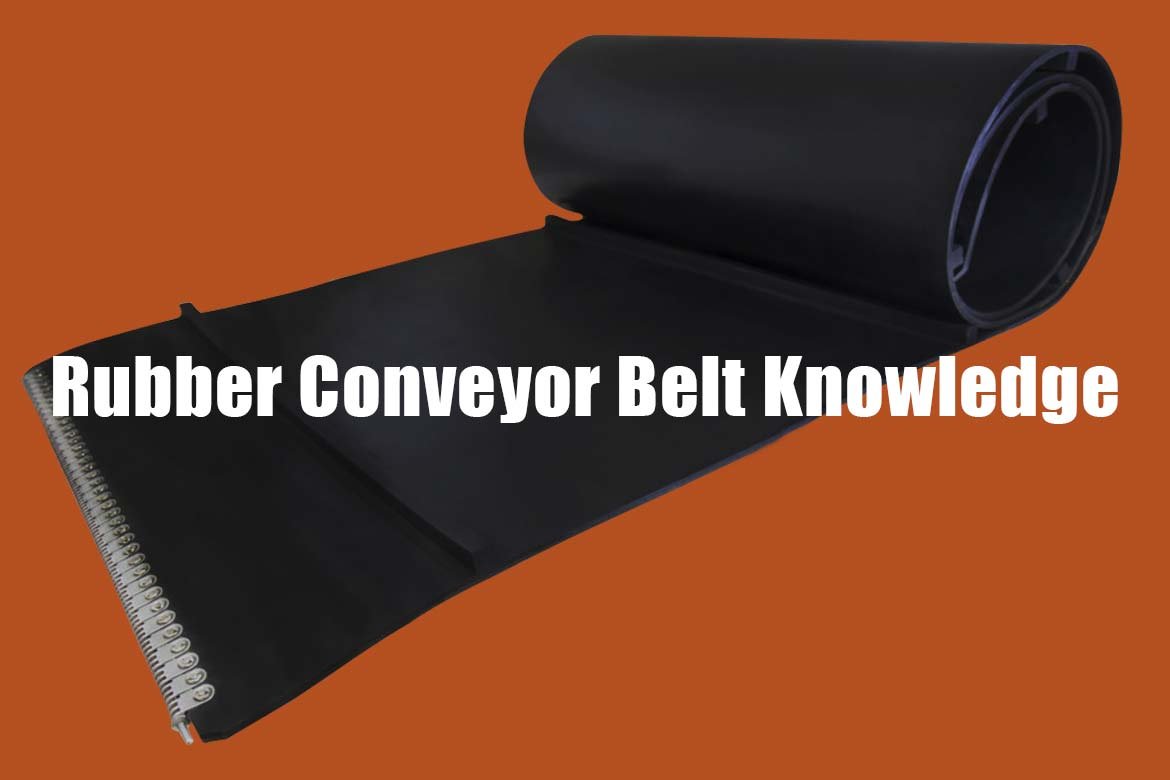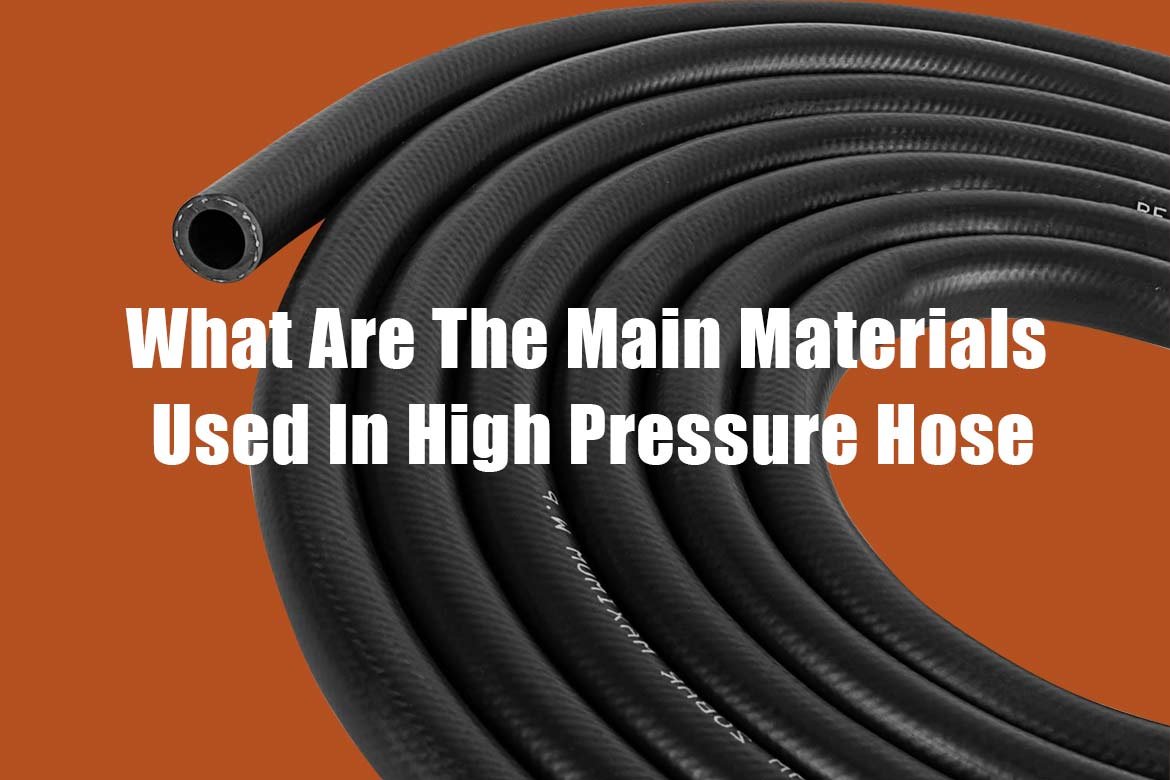The lip seal is a kind of sealing ring with a self-sealing effect, it relies on the lip to close the surface of the sealing coupling part, blocking the leakage channel and obtaining the sealing effect. The working pressure of the lip seal ring is the sum of the pre-compression force and the fluid pressure.
When the pressure of the sealed medium increases, the lip is propped up and more closely adheres to the sealing surface, and the sealing is further strengthened; in addition, the lip edge also has the function of scraping oil, which enhances the sealing performance of the seal ring even more. There are representatives of the lip seal ring according to the shape of the section can be divided into Y-shaped rings, V-shaped rings, U-shaped rings, L-shaped rings, J-shaped ring pieces, lei rings and other types of seals.
Lip seals are mainly used in reciprocating seals, and extruded seals such as O-shaped seals, compared with reciprocating seals using lip seals with better overall performance and higher service life.
Lip sealing ring sealing compression force is with the change of medium pressure and change, work always when the medium pressure change that can ensure sufficient sealing compression force, but not to produce excessive friction.
Squeeze-type rubber seals mainly rely on the pre-compression force to produce sealing force, sealing ring contact pressure is given in advance, and the work can not be changed according to the change of medium pressure, if the requirements of sealing a very large pressure, then the pre-pressure must be very large, and a large pre-pressure will make the sealing ring and the sealing surface contact stress and contact area increases, resulting in a large friction resistance.
Excessive friction can cause breakage of the seal, resulting in starting difficulties at low pressures, or creeping phenomena. Lip seal can compensate for the small amount of wear and tear through lip bracing and deformation, to ensure the sealing effect and sealing life: and O-ring seals with the reduction of friction margin, which directly affects its sealing.
In addition, O-ring seals in the reciprocating motion seal, are easy to produce tumbling, twisting, and other phenomena, lip seals of tumbling, and twisting phenomenon are less obvious.
Compared with O ring seals, lip seal the main disadvantage is that can only do unidirectional sealing, if you want to be used as a bidirectional seal with two seals, which will make the sealing length increase; groove design difficulties, and between the two seals will produce trapped oil, resulting in damage to the counterpressure; and pre-pressurized seals of the section shape of the left and right symmetry, can be used as a bidirectional seal, smaller volume, groove design is easy.
Based on the above comparison, in the case of allowing a small amount of leakage, extruded seals can reduce the size of the groove; and in the case of high sealing performance requirements, the use of lip seals with better overall performance. The function of sealing is to prevent leakage, and effective prevention of leakage is the primary requirement for sealing devices. Sealing reflects the level of control of leakage.
For motion seals, friction is an important factor related to the quality of movement. Sealing and friction are always in tension with each other. Generally speaking, an increase in sealing performance leads to an increase in friction, which directly leads to a reduction in movement capability and quality; and friction accelerates seal wear.
Friction can also be a major component of the loading of low-pressure systems. Seal resistance capacity reflects the high pressure of the working medium that can be sealed, which is an important indicator of the hydropneumatic seal.
The basic requirements of the lip seal can be summarized as follows.
1) sealing performance.
2) friction performance.
3) pressure resistance.
4) life.
5) Installation performance.
6)Economy.
The above sealing performance, friction performance, and pressure resistance an independent performances, the combination of the three properties of the seals to get a comprehensive performance; the comprehensive performance of the retention time is the life of the seals; the actual design of the installation performance and economy should also be an important indicator.
Comprehensive performance of the seal is not only related to the performance of the seal itself but also several conditions related to the use of seals, so the examination of sealing performance, not only to look at the performance of the seals or seals combination itself, known as the performance of the monomer but also look at the seals into the hydraulic, pneumatic components after the actual sealing performance, known as the actual sealing performance.
Rubber seal monomer performance has the following items
1. Rubber seal friction
Friction is related to the performance of the characteristics of the movement, the movement of the friction of the seal, divided into static friction (starting friction) and kinetic friction (sliding friction) two kinds of friction. Friction is affected by the roughness of the sliding surface, sliding speed and working pressure, seal lubrication state, placed on the time, and many other factors, easy to produce great changes.
Friction calculation is more difficult and should be obtained by experiment. Static friction is affected by a variety of factors, the measurement error is relatively large, and the measured value can only be used as a reference. Compared with it, the dynamic friction can get a more stable and important measurement value.
2. Wear resistance
Wear resistance is the seal life of the characteristics of a great impact and friction performance, it is affected by a variety of factors. Especially in pneumatic seals, lubrication status is poor, and wear resistance has become the main indicator of life. For seals made of synthetic rubber or synthetic resin, the abrasion resistance of the material can evaluate the abrasion resistance of the seal.
But not necessarily completely consistent with the results of the actual use of the seal, because there are many factors affecting wear and tear in use. So that the wear resistance of seal products evaluation, to seal the actual use of components in the wear resistance is more meaningful.
3. Eccentricity resistance
In the dynamic seal, the component coupling surface of the fit tolerance, will produce a gap. This gap in the case of load and vibration, will cause shaft eccentricity, affecting the sealing performance. For this reason, seals must also ensure sufficient compensation performance for such eccentricity.
In addition, at low temperatures the elasticity of synthetic rubber seals is reduced, resulting in a reduction in the ability to compensate for the eccentricity of the followers, the lower the temperature, the more serious this phenomenon, so the eccentricity can also reflect the sealing performance at low temperatures.
4. Contact stress
Seals rely on a certain contact stress to ensure sealing, seals in the deformation conditions must ensure sufficient elastic force. Contact stress determines the shape of the oil film, sealing performance, and friction, sports performance has reference value.
Seals should be examined for actual performance.
1. Sealing performance
Sealing performance is an important requirement for seals and sealing devices. Leakage at the seal is a measure of sealing performance indicators. The sealing performance is not only the seals, but a variety of sealing installations, and sealing the coupling surface of the various elements of the combination of the entire sealing device.
2. Eccentricity resistance
Here is considered after the actual gap runout, and applies a certain eccentric load eccentricity resistance.
3.Friction (low working pressure)
The actual application of the friction is the size of the low working pressure to evaluate. For reciprocating seals, start-up friction is greater than kinetic friction, more complex, and affects the start-up performance. Seal friction is measured by low start-up pressure, which is of practical significance. Therefore, the dynamic seal is generally given a low working pressure.
4,. Comprehensive performance
Comprehensive performance requirements of the sealing device in the specified operating conditions, to meet the above performance requirements, and work for a certain time, so this indicator also reflects the seal is generally given a low working pressure.
Above is the basic knowledge of spring seals, if you have any seals or hose needs, please contact Chris Zhou (zhou@sterubb.com), we are a professional exporter of industrial seals and hoses.




